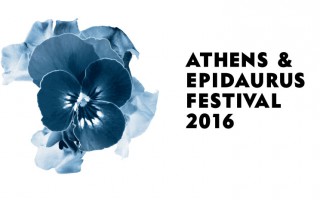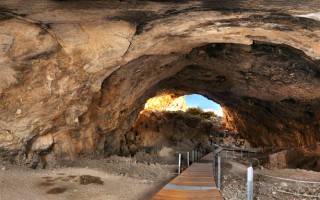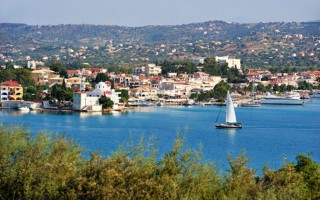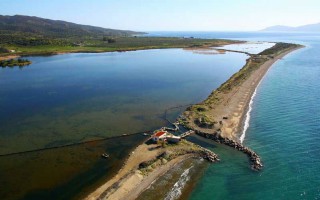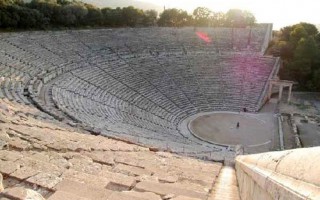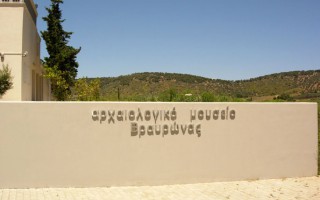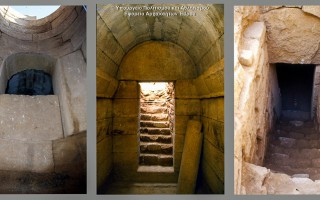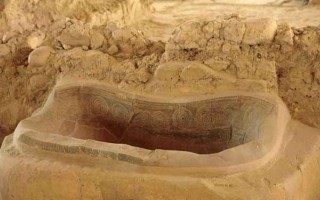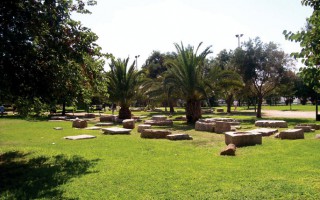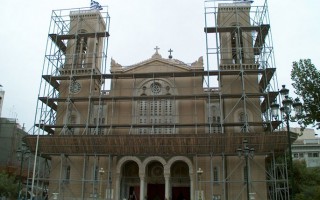On the south of Mycenae, on the slopes of the hill called Aetovouno or Euboea, built on three hills, lies the Heraion, a very important temple dedicated to Hera. It was in this temple that every two years following every Olympiad the panhellenic ancient festival of Heraia took place. This magnificent sanctuary, flourished from the 5th century B.C until the Roman age and it consisted of the official religious center of the region of Argos. Apart from the Heraion the site has ruins of Roman baths and other buildings.
The Heraion is located between the archeological site of Mycenae and the city of Argos, on the slopes of the mountain called Aetovouno or Euboea. It was a place of worship dedicated to Hera, protector of Argos. This imposing temple was built in the 8th century B.C. In the early 7th century it was the official religious center of the region of Argos and it flourished from the 5th century B.C. until the Roman period. According to the tradition it was created by the hero Argos or Phoroneas, son of Inachus.
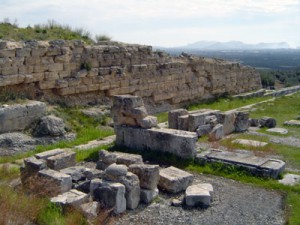 The Heraion consists of three levels. During the first centuries of its use, the place of worship was situated on the upper level and it was protected by a cyclopean wall. During the 6th century B.C two Doric style stoas were constructed on the south of the middle terrace. In 423 B.C., though, the first temple burned down and a second temple was built by Eupolemos. This second temple was constructed on the middle terrace between the “west building” hosting the symposiums and the “east building”.
The Heraion consists of three levels. During the first centuries of its use, the place of worship was situated on the upper level and it was protected by a cyclopean wall. During the 6th century B.C two Doric style stoas were constructed on the south of the middle terrace. In 423 B.C., though, the first temple burned down and a second temple was built by Eupolemos. This second temple was constructed on the middle terrace between the “west building” hosting the symposiums and the “east building”.
In this temple was the chryselephantine statue of Hera, a work of Polykleitos, a wooden statue of the goddess taken from Tiryntha and a chryselephantine statue of Eve created by Naukides. There were other statues representing heroes of the region and priestesses of Hera at the Propylaea (entrance) of the temple. The sack of Troy and the birth of Zeus were depicted on the impressive pediments, parts of which are exposed in the National Archaeological Museum of Athens.
It was in this temple that every second year after each Olympiad the Heraia or Hekatombaia were celebrated, a festival in honor of the goddess and one of the biggest festivals in Argos. Apart from the festival, games also took place, and the winners were awarded coppery objects. The existence of this festival is documented by Herodotus when he recounts the sacrifice of two brothers, Kleobis and Biton who dragged the cart of their mother, the priestess of Hera Argeia, while the oxen assigned to the task were used for another work.
All the priestesses of the temple had a lifelong service and were highly appreciated by the people of Argos. The importance of the sanctuary is also attested to by the fact that the calculation of the local date was based on the year the service was assigned to each priestess and on the offerings of Nero and Hadrian. Catharsis ceremonies took place in the temple, in the water of river Eleftherios. The excavations brought to light an Apollo temple, Roman baths, a cemetery and the Heraion.
Source: www.mythicalpeloponnese.gr


